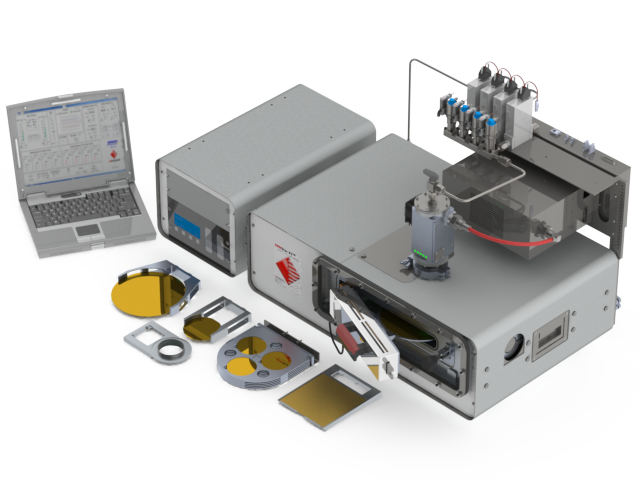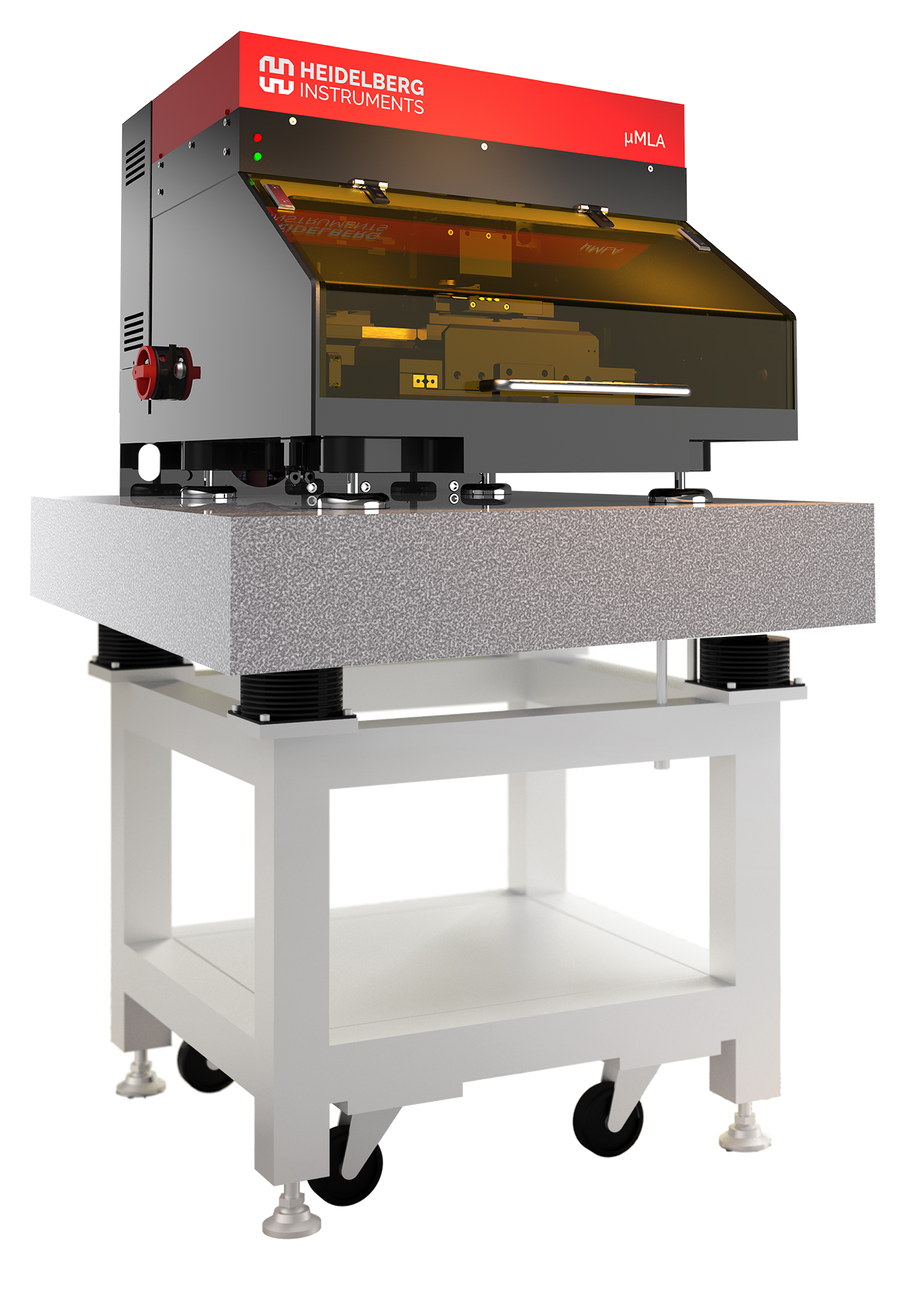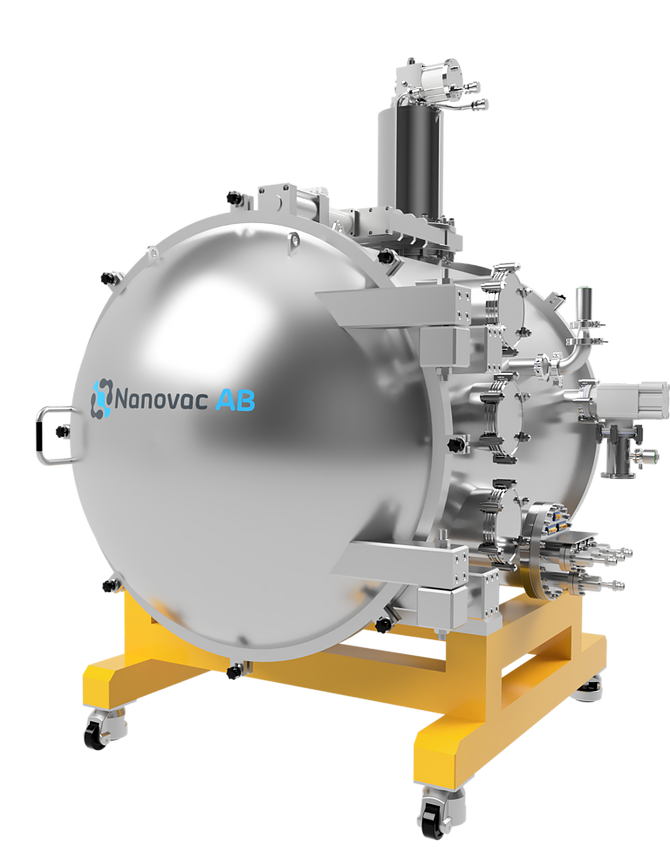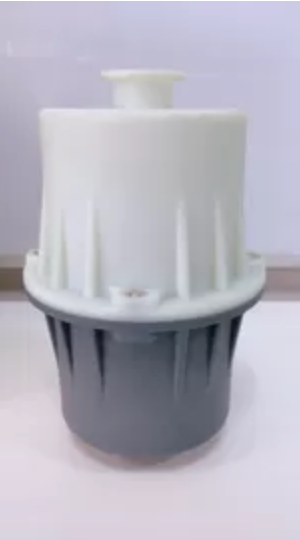Interview with COO of Heidelberg Instruments about Development of MLA Series
Steffen Diez, the COO of Heidelberg Instruments tells us about MLA150 optimized for R&D, a table-top version μMLA and the industrial machine MLA300
why a Maskless Aligner?
We actually hit upon this idea during a customer visit in a multi-user cleanroom which housed one of our DWL 66 systems (a powerful direct-write lithography tool). That DWL was used to produce masks for several mask aligners in the same cleanroom, some of them already quite old. We thought that replacing the Mask Aligner by a maskless tool for R&D applications could be a good opportunity for us. Even before we introduced the Maskless Aligner, direct writing was already a well-known technology in R&D. µPG 101 (our table-top direct writing tool) and the DWL 66 were installed in many facilities, but most of the time they were employed for producing photomasks instead of writing directly on wafers. And indeed, at that time our systems were optimized for photomask fabrication rather than for direct patterning of various substrates and photoresists. Even more critically, the exposure times were long as compared to a mask aligner. That was one of the biggest challenges we had to overcome with the MLA.
What is so special about the MLA tools?
hey were and still are the first and only tools which have become a real alternative for mask aligners in an R&D environment: They offer extremely high exposure speed; front- and backside-alignment; warpage compensation; high resolution and high accuracy; and the ability to expose on any substrate sizes from few-mm wafer pieces up to full 8" wafers.
MLA150 is the first and only tool which has become a real alternative to a Mask Aligner in an R&D environment
What kind of applications can it be used for?
At the moment, we focus on applications where maskless lithography has a significant advantage, for example, warped substrates. Such deformations commonly occur in applications which use a stack of materials with different thermal expansion. The warpage can measure up to 300 µm. Our system is able to compensate warpage with the real-time autofocus system. Other niche applications demand a flexible adaption of the pattern, a requirement which is efficiently met by the MLA300 system. We aim to ultimately place the system in high-volume applications such as wafer-level packaging, MEMS fabrication, or LED production. One of our customers has already begun using the MLA300 in a pre-production environment. We are now integrating the tool into their production line to make it their standard exposure machine. Since the official launch of the MLA300 in November 2019, we have already received multiple orders for the system. The fast order intake confirms that the flexibility and superior exposure quality on challenging substrates is a large unmet need for industrial production customers.
Link to the full interview: http://thelithographer.com/mla-series






